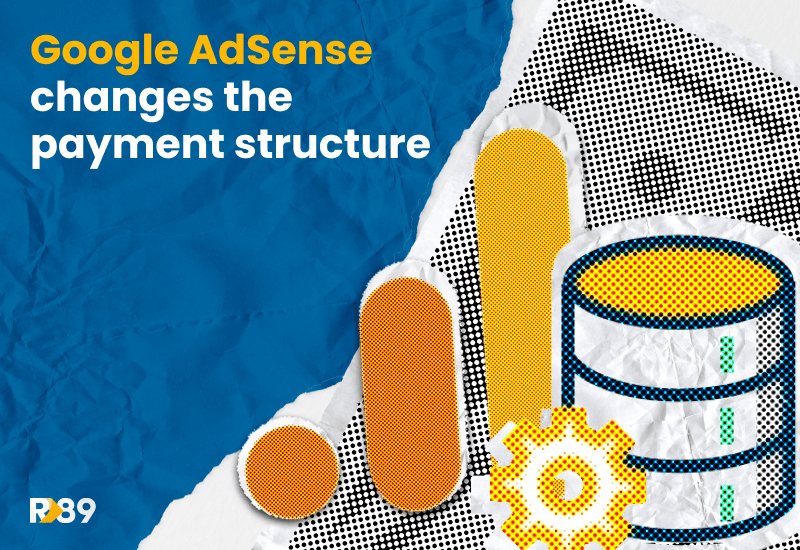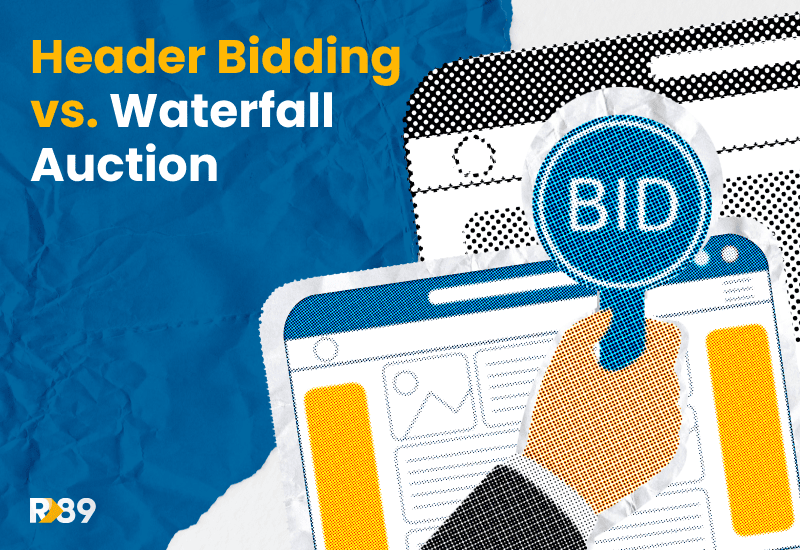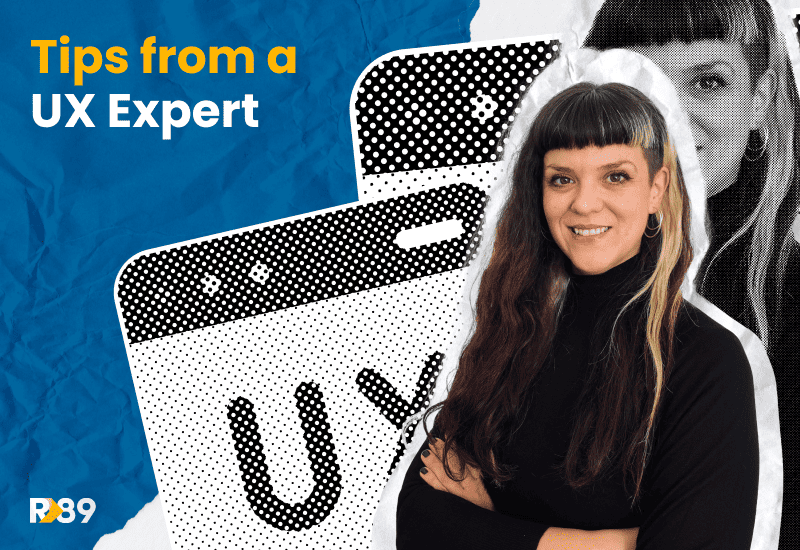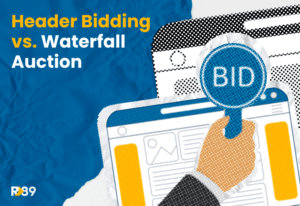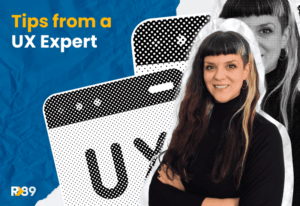Last month Google AdSense announced changes in the payment structure and ways to pay their publishers and charge advertisers. We decided to sit down with an expert in the field, Robin de Wit, to get an objective perspective.
New Google AdSense Payment Structure: An Expert’s Opinion.
Google AdSense’s recent announcement about changes in its payment structure and methods for compensating publishers and advertisers has stirred up the programmatic advertising community.
Could you elaborate on the recent changes announced by Google AdSense?
Robin de Wit: Certainly. Google AdSense has traditionally been transparent about its fee structure, with publishers retaining 68% of revenue. The recent change involves splitting the AdSense revenue share for the buy-side and sell-side. Now, publishers will receive 80% of the revenue post the advertiser platform’s fee deduction. When Google Ads buys display ads on AdSense, they will keep an average of 15%. This update raises several brows, as there’s no clear way to verify the payment distribution mechanism, as this percentage is just an average depending on the advertisers’ agreements. So, publishers have to work on trust in most cases.
What about the shift to per-impression payments?
Robin de Wit: This is a significant shift. AdSense is moving from paying publishers per click (CPC) to paying per impression (CPM), aligning with the industry standard. This uniform method across Google’s products and third-party platforms will enable publishers to compare fees across different technologies more effectively. It’s a big deal for publishers who are developing in the segment and don’t have established audiences to target.
Why? Could you elaborate differences between CPC and CPM payments?
Robin de Wit: CPC (Cost Per Click) performance depends greatly on content and targeting. So it happens that publishers, generally, don’t have control over the ad once it starts running. Some positions on the website will perform really well click-wise, while others, for no good reason, just don’t get enough clicks and this way the CPC-based system makes a publisher a scapegoat.
CPM on the other hand gives publishers more stability making them less dependent on clicks an ad can generate. So, for publishers that don’t generate extensive amounts of clicks, this will likely be a positive change, but normally these publishers already moved to more advanced ad stacks like ours. However, those who perform well at clicks might experience a plausible decline in revenue. I recommend coming prepared for these changes and looking for a reliable ad tech partner.
The best-case scenario? As Google states, nothing will change significantly, at least at first, but over time CPC-driven publishers might feel certain discomfort.
Will this impact the type or quantity of ads displayed by Google AdSense?
Robin de Wit: Not directly. Google has made it clear that this change won’t affect the type or quantity of ads that publishers can display. AdSense policies and the Better Ads Standards will still apply, prohibiting practices like pop-ups or other intrusive ads.
What should publishers do in response to these Google AdSense chanages?
Robin de Wit: We believe that there is no need to run in circles right now. Changes will be implemented and publishers should be ready and aware of them. But also they have to trust the system and hope for the best staying informed and monitoring their revenue closely once these updates go into effect next year. Understanding these changes and adapting strategies accordingly will be key.
Your final thoughts on these changes?
Robin de Wit: As the internet evolves, so must the tools and platforms we use. Overall I believe that moving towards a unified payment model across the industry is a positive change. These changes are part of that evolution we want it or not. The key here is to be agile in adjusting to Google updates and choose reliable partners, who will always put publishers’ interests first.
Reach out to learn how we can help you sail through this transition!

